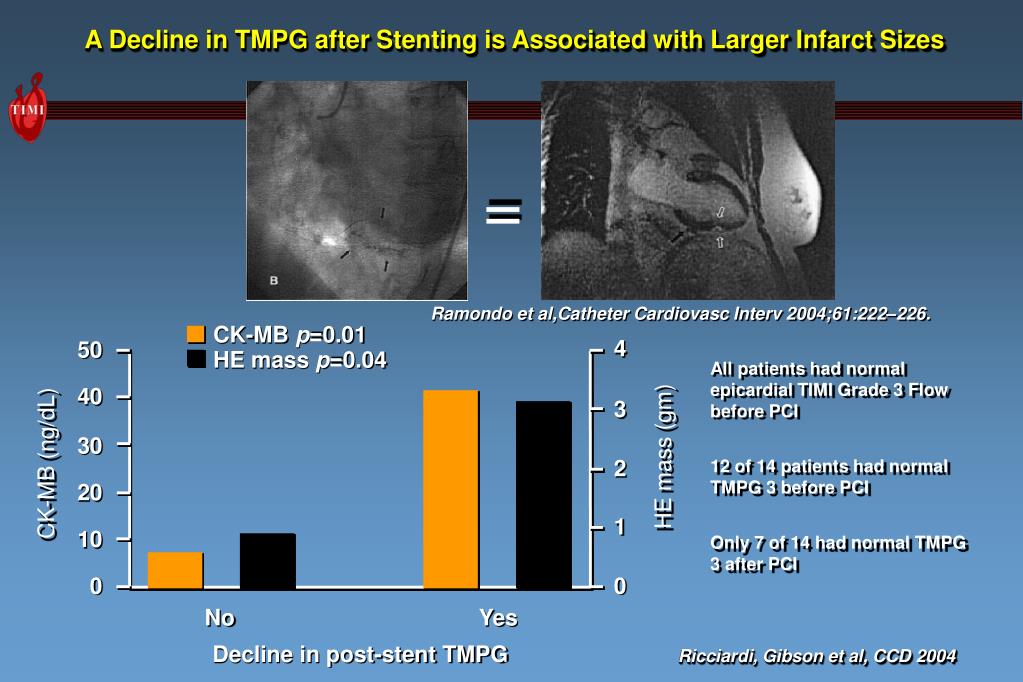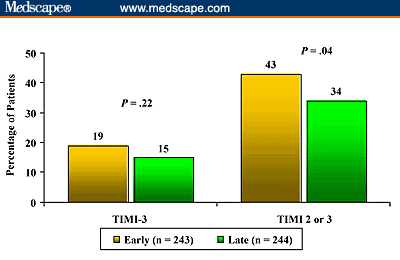
In contrast, the mortality rate was lowest (4.4%) in patients with TIMI 3 flow.83ĭespite these important associations, there are a number of limitations of the TIMI classification system.
#TIMI 3 FLOW. ACTIVATOR#
Thrombolysis and clinical outcome.83 In the Global Utilization of Streptokinase and Tissue Plasminogen Activator for Occluded Coronary Arteries (GUSTO) angiographic substudy, the mortality rate for patients with TIMI 2 flow (7.4%) was similar to the mortality rate for those with TIMI 0 or 1 flow (8.9%).

Modified from Sheehan FH, Braunwald E, Canner P, et al: The effect of intravenous thrombolytic therapy on left ventricular function: A report on tissue-type plasminogen activator and streptokinase from the Thrombolysis in Myocardial Infarction (TIMI) Phase I Trial. Alternatively, contrast material clears from a segment distal to a stenosis noticeably more slowly than from a comparable segment not preceded by a significant stenosis.Ī small amount of contrast flows through the stenosis but fails to fully opacify the artery beyond.

However, contrast enters the terminal segment perceptibly more slowly than more proximal segments. Contrast material clears as rapidly from the distal segment as from an uninvolved, more proximal segment.Ĭontrast material flows through the stenosis to opacify the terminal artery segment. TIMI Flow Grade Classificationģ (complete reperfusion) 2 (partial reperfusion)ġ (penetration with minimal perfusion) 0 (no perfusion)Īnterograde flow into the terminal coronary artery segment through a stenosis is as prompt as anterograde flow into a comparable segment proximal to the stenosis. Several throm-bolytic trials have identified an important relationship between 90-minute TIMI flow grade after Further study is warranted to examine whether adjunctive mechanical or pharmacologic strategies can further improve myocardial perfusion and survival of patients with acute myocardial infarction undergoing intervention.The TIMI Flow Grade System is a valuable tool for assessing the efficacy of reperfusion strategies in patients with STEMI and for identifying patients at higher risk for an adverse outcome with acute coronary syndromes or undergoing PCI. In high risk patients achieving TIMI-3 flow after intervention, the myocardial blush score may be used to stratify prognosis into excellent, intermediate and poor survival. In patients in whom TIMI-3 flow was restored, survival was strongly dependent on the myocardial perfusion grade one-year cumulative mortality was 6.8% with normal myocardial blush, 13.2% with reduced myocardial blush and 18.3% in patients with absent myocardial blush (p = 0.004).Ībnormal myocardial perfusion is present in most patients following primary or rescue PCI in AMI, despite restoration of brisk epicardial coronary flow. High-risk features of this population included failed thrombolysis in 39%, cardiogenic shock in 17% and saphenous vein graft culprit in 11% of patients.ĭespite the restoration of TIMI-3 flow in 163 (94.2%) patients, myocardial perfusion, as evidenced by normal contrast opacification of the myocardial bed subtended by the infarct artery (myocardial blush), was normal in only 29.4% of patients with TIMI-3 flow following PCI, and in no patient with TIMI 0 to 2 flow.


We sought to evaluate and validate the ability of the angiographic myocardial blush grade to risk stratify patients after successful angioplasty in acute myocardial infarction (AMI).Īlthough epicardial Thrombolysis In Myocardial Infarction (TIMI)-3 flow is restored in >90% of patients undergoing primary percutaneous coronary intervention (PCI), normal myocardial perfusion may be present less frequently and may detrimentally impact survival.Ī cohort of 173 consecutive patients undergoing intervention within 24 h of AMI onset were studied.


 0 kommentar(er)
0 kommentar(er)
